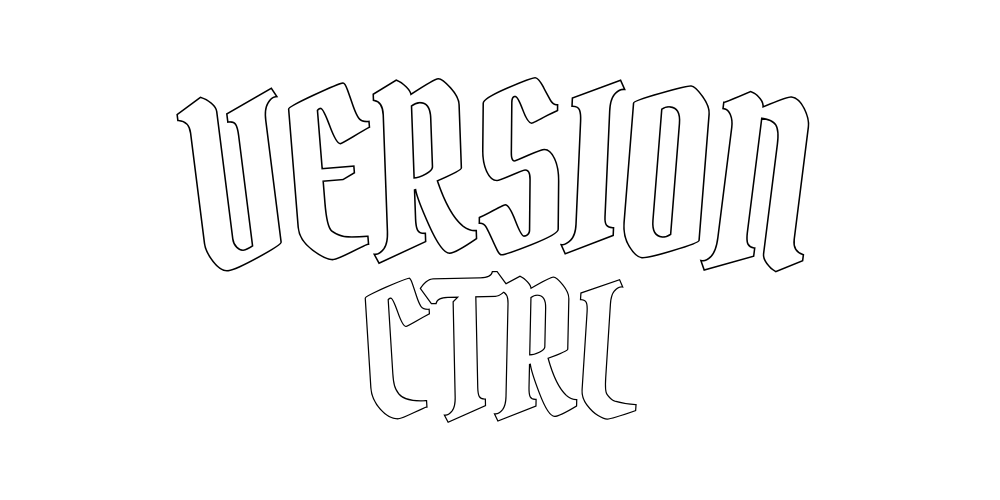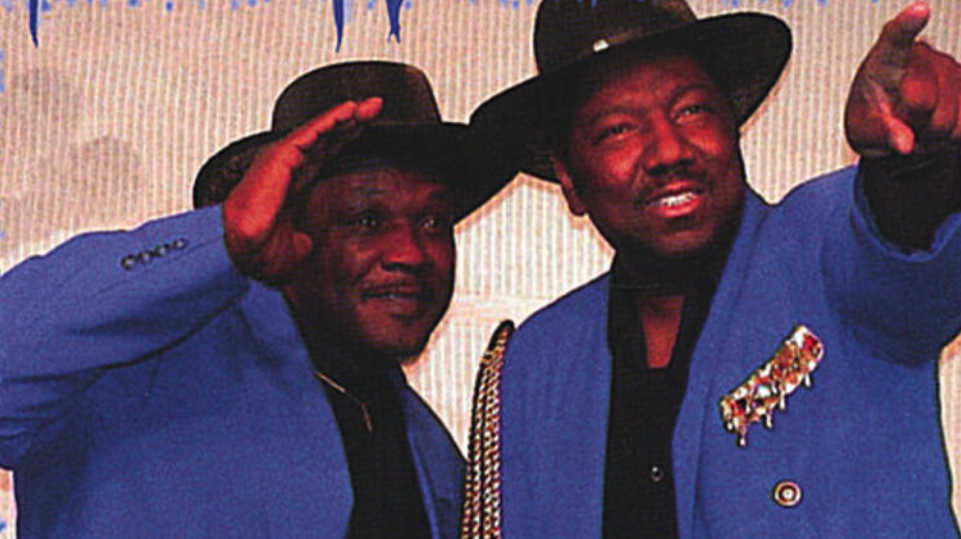The Amen Break. It’s the pounding heart of drum and bass, the rhythmic backbone of jungle – a legend packed into just six seconds.
But forget fancy studios and raves – this iconic drumbeat was born in 1969, and featured on a forgotten soul track by The Winstons. This wasn’t a meticulously planned studio session, but a mere 5.2-second percussion loop on the B-side of a single. Incredibly, this short snippet, the Amen Break, has been sampled over 2,000 times, making it possibly the most sampled piece of recorded music ever.
Continue reading for the fascinating story of the Amen Break, its surprising beginnings, how it exploded in the sampling era, and why it’s still a major player today.
From B-Side Obscurity to Sampling Fame
The Amen Break originated with drummer G.C. Coleman, laying down a groove on “Amen, Brother” by The Winstons, a funk and soul group. While the A-side, “Color Him Father,” received a Grammy Award in 1970, “Amen, Brother” remained largely unnoticed… for almost 20 years.
Fast forward to the mid-80s. Enter Breakbeat Lou (Louis Flores) and his partner Lenny Roberts, Bronx DJs who pioneered the concept of breakbeat compilations for DJs. Their “Ultimate Breaks and Beats” series, a bootleg collection featuring various drum breaks, included a version of “Amen, Brother” in 1986. This coincided with the release of the Emu SP-1200 sampler, a revolution in music production that opened the door for widespread sample manipulation.
Continue on into the 80s and beyond, hip-hop exploded, and with it, affordable samplers. DJs went crazy for the raw energy of the Amen Break’s solo. They chopped it up, slowed it down, twisted it into something entirely new. The Amen Break’s journey began in the world of hip-hop. Salt-N-Pepa’s 1986 track “I Desire” became one of the first to use the sample. Soon after, a wave of hip-hop artists followed suit, including Rob Base & DJ E-Z Rock, Tough Crew, and Success-N-Effect. By the late 80s, the Amen Break had become a prominent element, providing the rhythmic backbone for N.W.A.’s iconic debut album “Straight Outta Compton.” The Amen Break became a hip-hop heavyweight in itself.
Across the Ocean, a Drum Revolution
But the journey wasn’t over, the Amen Break’s influence was spreading across the Atlantic. It hopped across the Atlantic and landed smack bang in the middle of the UK underground scene. As British rave culture exploded in the late 80s and early 90s, UK producers saw the potential of the Amen Break. Pioneering artists like Goldie (Cole Cox) started experimenting with tempo, speeding it up to create a frenetic energy. This experimentation laid the foundation for genres like hardcore and jungle. Breakbeat, hardcore – all these genres embraced the Amen Break as their rhythmic foundation. The Amen Break became a sound that defined the rave era. The Amen Break’s secret weapon? Its versatility. It could morph to fit any style. Slow it down for a laid-back groove, crank it up for breakneck drum and bass. This flexibility, along with its undeniable rhythmic power, cemented the Amen Break as a cornerstone of electronic music.
Tracks like “Let There Be Bass Kick” by Goldie (1990) and “We Are IE” by Lenny Dee (1991) showcased the Amen Break’s versatility. It wasn’t just about speed; producers began incorporating elements like gunshots, rewinds, and reggae influences. These tracks laid the groundwork for the birth of the jungle sound, a genre heavily influenced by the Amen Break. Artists like Phobia, Omni Trio, and A Guy Called Gerald embraced the Amen Break, propelling jungle to the forefront of the UK music scene in the early 90s.
As jungle matured, producers like The Invisible Man and A Guy Called Gerald (again!) started refining the sound. The focus shifted away from the rawness of hardcore and jungle, incorporating more intricate drum programming and jazzier elements. The Amen Break remained a staple, with artists like LTJ Bukem and Photek manipulating it in countless ways.
The Amen Break’s influence transcended drum and bass. IDM (intelligent dance music) artists like Squarepusher heavily distorted the Amen Break, creating entirely new sonic landscapes. Luke Vibert, known for his alias Amen Andrews, further solidified the Amen Break’s place in electronic music. Today, the Amen Break can be found in a wide range of genres, from the dark, alternative hip-hop of Tyler, The Creator to the lo-fi house of DJ Seinfeld.
A Long-Overdue Thank You
The story of the Amen Break is truly remarkable. A forgotten B-side transformed into a sample that has shaped countless genres. The Amen Break launched countless artists to fame, but there was a glaring injustice. Tragically, drummer G.C. Coleman never received royalties for his legendary drumming. The Winstons never saw a penny from all those samples. Thankfully, in 2015, a crowdfunding campaign changed that. Fans and artists raised over £24,000 for Richard Spencer, the the lead vocalist of The Winstons and the copyright holder of “Amen, Brother.”. The Winstons were also inducted into the North Carolina Music Hall of Fame in 2017.
Honouring the Origins of The Amen Break: The Winstons’ Legacy
The Amen Break’s story is a testament to the power of music and the unexpected ways it can evolve and influence future generations. Even today, producers can’t resist the Amen Break. It’s a sonic weapon used across electronic music genres. It’s everywhere! This ubiquity is the Baader-Meinhof phenomenon in action – once you learn about the Amen Break, you start hearing it in every song. Electronic music owes a big thank you to The Winstons and Gregory C. Coleman for unintentionally creating the Amen Break. Its influence cuts across genres, shaping the sounds of countless artists and changed the landscape of electronic music forever.
Heard enough about the Amen Break? Now it’s time to experience it!
We’ve got a killer playlist of drum and bass classics featuring the iconic Amen Break itself. These tracks revolutionised the genre and showcase its raw energy. Get ready to turn the volume and lose yourself with our playlist of Drum & Bass classics or some would say the Best Drum & Bass Songs Of All TIme. Read the latest over at The UNDRGRND here.



